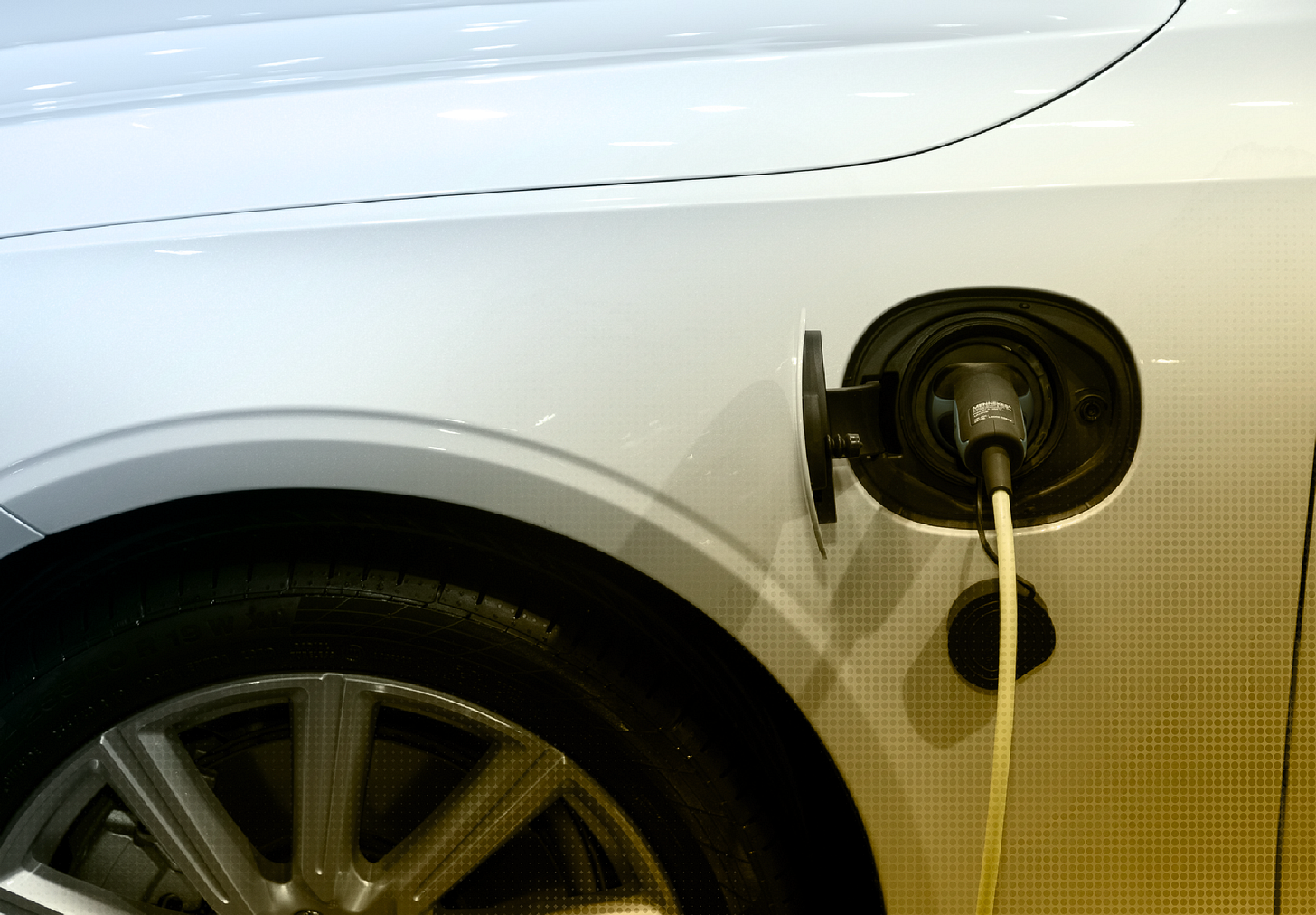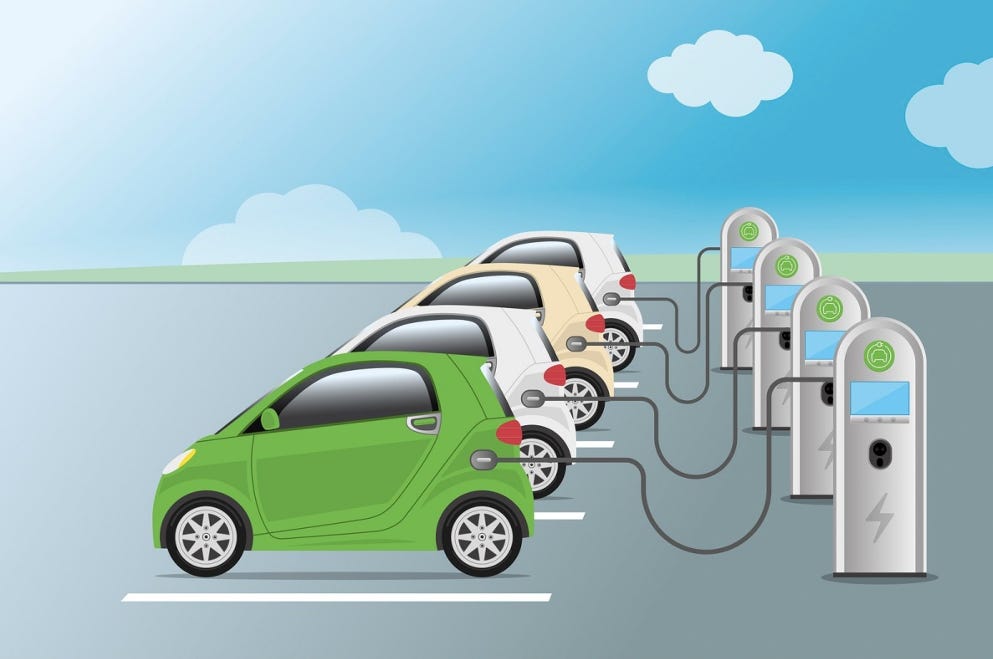Flow Batteries Could Disrupt EVs. Will They?
Exploring the Science, Startups, and Scalability Behind the "EV Revolution’s Missing Link"
As EVs become more common, they still face significant challenges like extended charging times, limited range, high costs, and environmental impact. The advancement in battery technology is crucial to address these issues and enhance the appeal of EVs.
In this deep dive, we will explore the potential of flow batteries in transforming the EV market. We'll examine why this innovation is crucial at this moment, how it stands compared to the prevalent lithium-ion batteries, and the innovative startups that are spearheading this technology.
Quick Facts
Electric Vehicles (EVs) are becoming more prevalent, but they still face issues like long charging times, inadequate range, high entry costs, and environmental impact. Better batteries are needed to make them more attractive.
According to a Castrol study, the average electric car needs to offer charging times under 31 minutes, a range of 470 km, and cost less than $36,000 to achieve mass adoption to reach mass adoption.
BloombergNEF predicts that the magic spot for EV prices will be competitive with internal combustion engine costs when battery costs fall below $100 USD/kWh.
Flow batteries show potential in addressing concerns about electric car performance and usability and have the potential to revolutionize the electric vehicle market. The flow battery market is expected to reach USD 5 billion by 2026 with a CAGR of 18.0%.
Most of these use a vanadium electrolyte solution that unlike lithium-ion batteries. It is one of the most promising flow batteries out there. Basically, it has an almost infinite life cycle, almost no degradation, enormous safety margins. Moreover, it is almost 100% recyclable, and is incredibly environmentally friendly and inexpensive.
Why does it matter today?
The electric vehicle revolution is well on its way to dominating the automotive industry, but these incredible machines are far from perfect.
Even Tesla, arguably the leader in the electric vehicle market, still struggles with long charging times, inadequate range, supply chain instability, high entry costs, battery degradation, and the environmental impact of production, not to mention the fact that lithium-ion batteries have an annoying tendency to catch fire, creating a new need for extensive safety measures to be put in place.
Don't get me wrong, Teslas are fantastic. But let's face it, if we want the world to go electric and reach our climate goals and save the planet, we need to do better.
The EV revolution won't go mainstream until we make better batteries!
And now imagine...you've run out of battery in your electric car, but instead of having to plug it in and wait for the battery to fill up, you could instead refuel at a gas station in just a few minutes with a fluid full of electric energy, just like you would for a combustion engine car.
How is this possible? But, let's go in order and see the status of today's EV batteries.
The EV batteries status quo in a nutshell
Currently, electric cars require access to charging points to power up.
While these charging points are increasing in number, they are certainly not as widely available as traditional gas stations.
The current charging time also significantly exceeds the time needed to fill up a combustion engine car. Drivers have to wait anywhere from 30 minutes to several hours to recharge their vehicles, making them far less convenient.
Moreover, there are concerns about "range anxiety," where potential electric car owners are nervous about switching from their fossil fuel vehicles because long-distance trips would require more frequent energy charges than they would need for gas refills.
There’s a need for a change to boost mainstream EV adoption
According to a 2020 study by Castrol (a British oil company), the average electric car will need to offer charging times under 31 minutes, a range of 470 km (291 miles), and cost less than $36,000 to achieve mass adoption.
As for prices, according to a BloombergNEF study, the sweet spot for electric vehicle prices will be competitive with internal combustion engine costs when battery costs fall below $100 USD/kWh.
As of writing, the average price hovers around $153/kWh with peaks up to $650/kWh for some automakers.
BloombergNEF also predicts that the magical threshold of $100 USD/kWh could be reached as early as 2024 and by 2030, they should reach $61 USD/kWh.
Despite much progress in battery energy density in the last decade, rapid charging is still a significant challenge: can EVs achieve a sufficient state of charge to last at least 470 km (291 miles) in just 31 minutes?
One emerging idea to overcome this challenge is to replace the common lithium batteries used in EVs with redox flow batteries (RFBs).
Have You Ever Heard of Flow Batteries?
"You drive for 300 miles, you drain the tank, you pump new [liquid] - the time it takes to fill up with gasoline - and you're off"
Here’s how John Cushman, professor of earth and atmospheric sciences and mathematics at Purdue (and one of the leading researchers on liquid battery technology) describes this breakthrough technology.
Basically, scientists are working to develop rechargeable, or so-called flow, batteries that can be refueled in just a few minutes at a network of converted gas stations.
It's a change that could make electric vehicles (EVs) more attractive to drivers who are wary of long charging times.
Sounds like magic? Probably a little bit. Now we'll try to dive into it to easier navigate tech and innovation.




